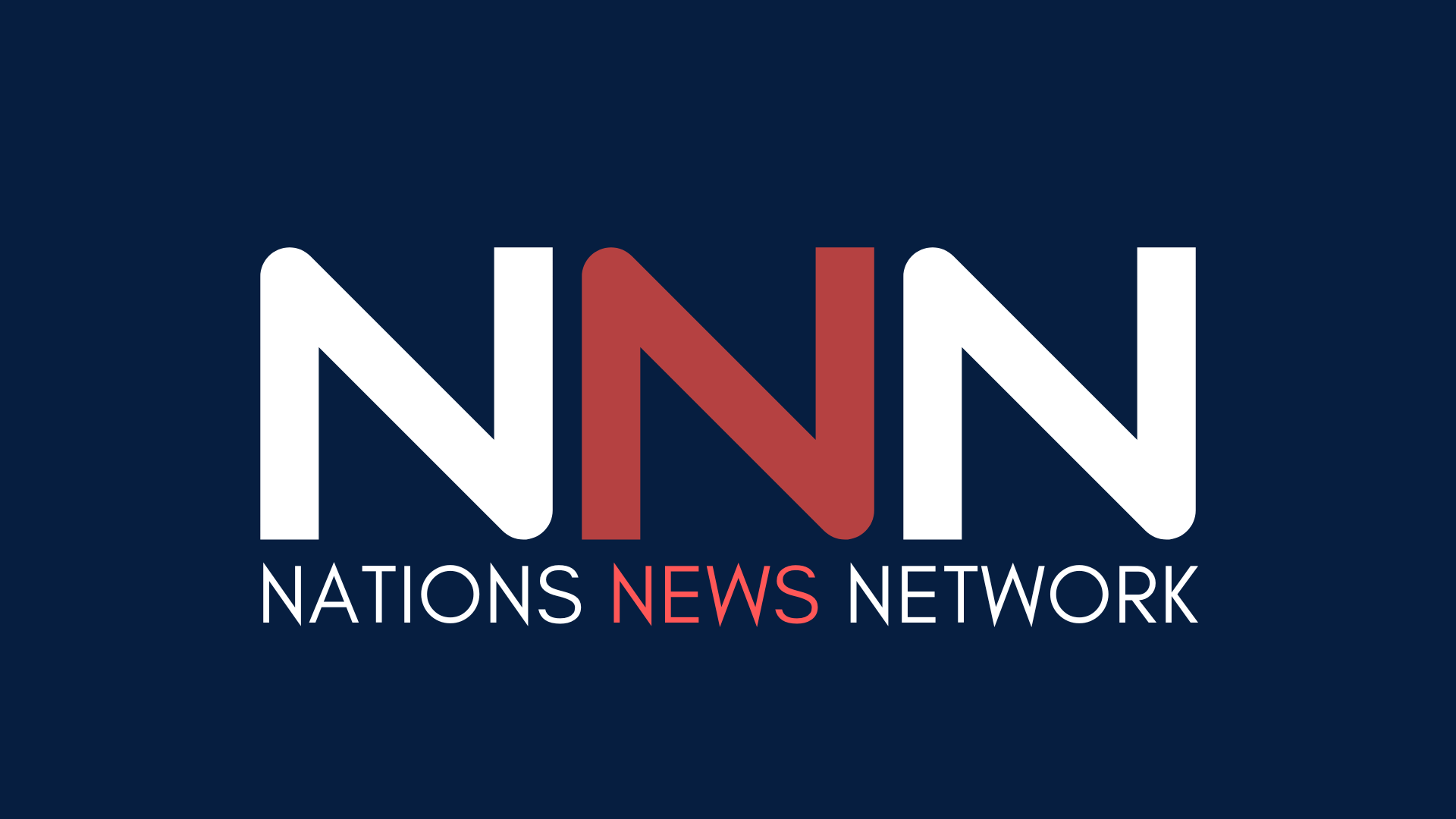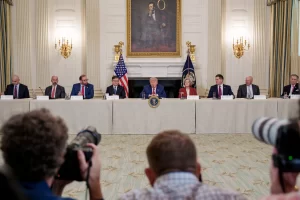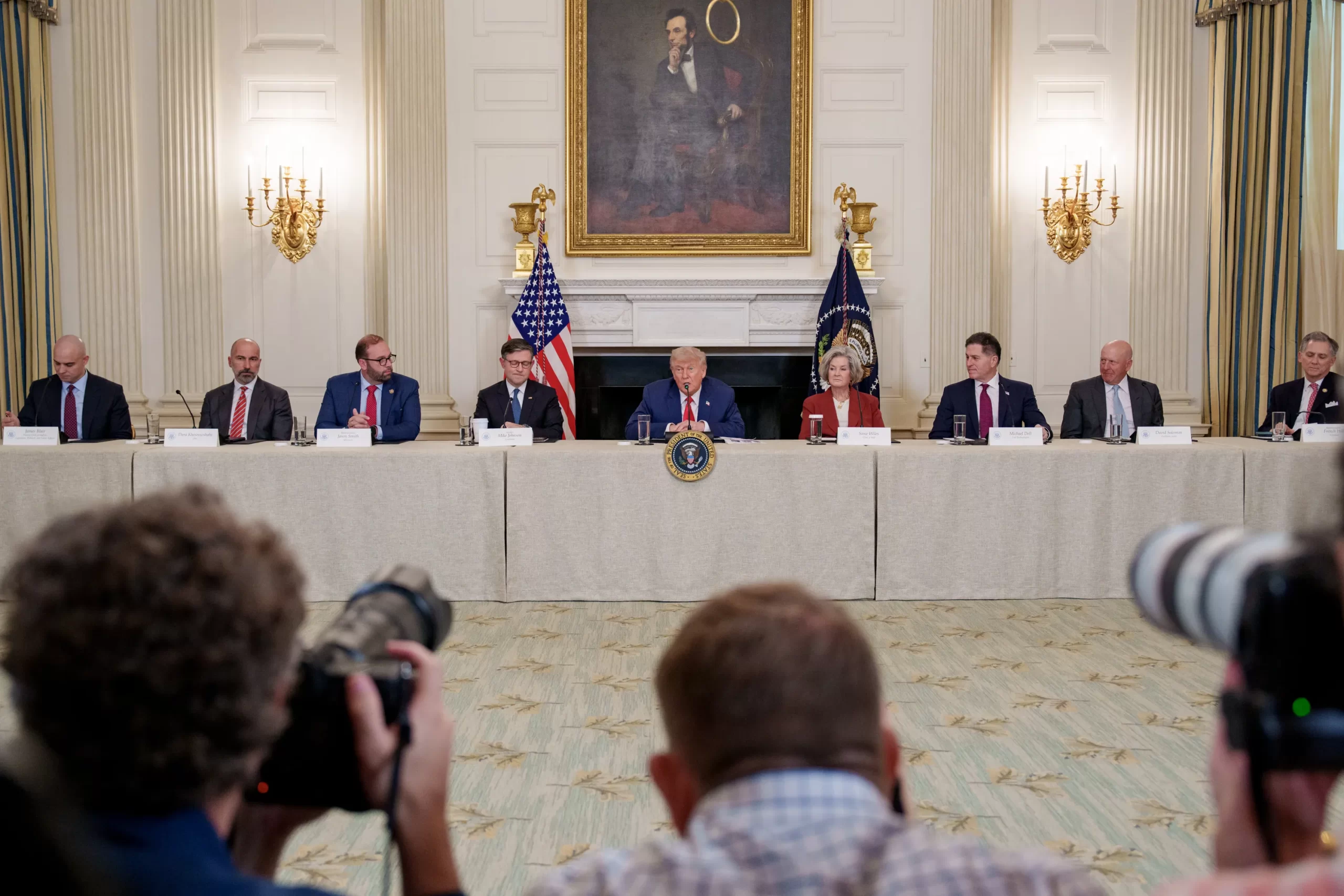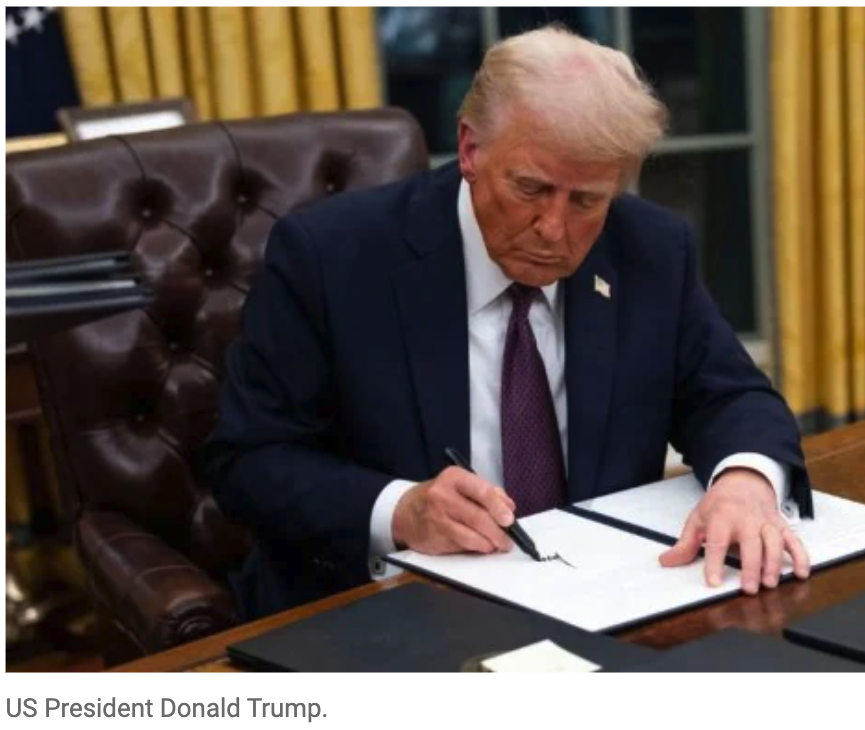WASHINGTON, D.C. — The White House unveiled a sweeping executive order on Thursday aimed at expanding access to K-12 educational alternatives for American families, emphasizing parental choice and state flexibility in directing federal funds toward school options outside traditional public schools.
Key Directives
The order, titled “Improving Education, Well-Being, and Future Success Through Expanded Educational Choice,” directs multiple federal agencies to develop plans enabling states to use existing federal resources to support private, faith-based, charter, and other school alternatives. It cites recent National Assessment of Educational Progress (NAEP) data showing 70% of 8th graders scoring below proficiency in reading and 72% in math, alongside concerns that housing costs near high-performing public schools strain family budgets.
Under the policy, the Department of Education must issue guidance within 60 days on how states can leverage federal formula funds for K-12 educational choice programs, such as scholarship initiatives already adopted in over a dozen states. The administration argues such programs foster competition, improve student outcomes, and incentivize underperforming public schools to elevate their standards.
Agency-Specific Deadlines
- The Secretaries of Education and Labor must submit plans within 90 days to prioritize “education freedom” in discretionary grants, potentially redirecting funds to support families and teachers seeking alternatives to district-assigned schools.
- The Department of Health and Human Services will explore using block grants, including childcare funds, to assist low-income families in accessing private or faith-based schools.
- The Pentagon and Interior Department are tasked with reviewing options for military families and Bureau of Indian Education (BIE)-eligible students, respectively, to use federal funding for schools of their choice. Proposals for both groups are due within 90 days, with potential implementation as early as the 2025-26 school year.
Context and Debate
The order aligns with a broader national push by school choice advocates, who argue that empowering parents with alternatives improves equity and academic performance. Proponents often cite studies linking competitive pressure from voucher programs to modest gains in public school test scores.
Critics, including teachers’ unions and public education advocates, contend that diverting resources to private institutions risks undermining underfunded public schools, which serve the majority of students. They also highlight mixed research on the academic benefits of voucher systems and express concerns about accountability and discrimination in privately run schools.
Legal and Fiscal Boundaries
The administration emphasized that the order operates within existing laws and budgets, requiring agencies to act “consistent with applicable law and subject to the availability of appropriations.” It explicitly states that the policy does not create new legal rights or benefits, nor does it override agency authorities or congressional budgetary powers.
Next Steps
Federal agencies will now begin evaluating mechanisms to implement the order, with initial guidance expected this summer. The move signals the administration’s intent to cement education choice as a federal priority, though its practical impact will depend on state adoption and congressional funding negotiations.













